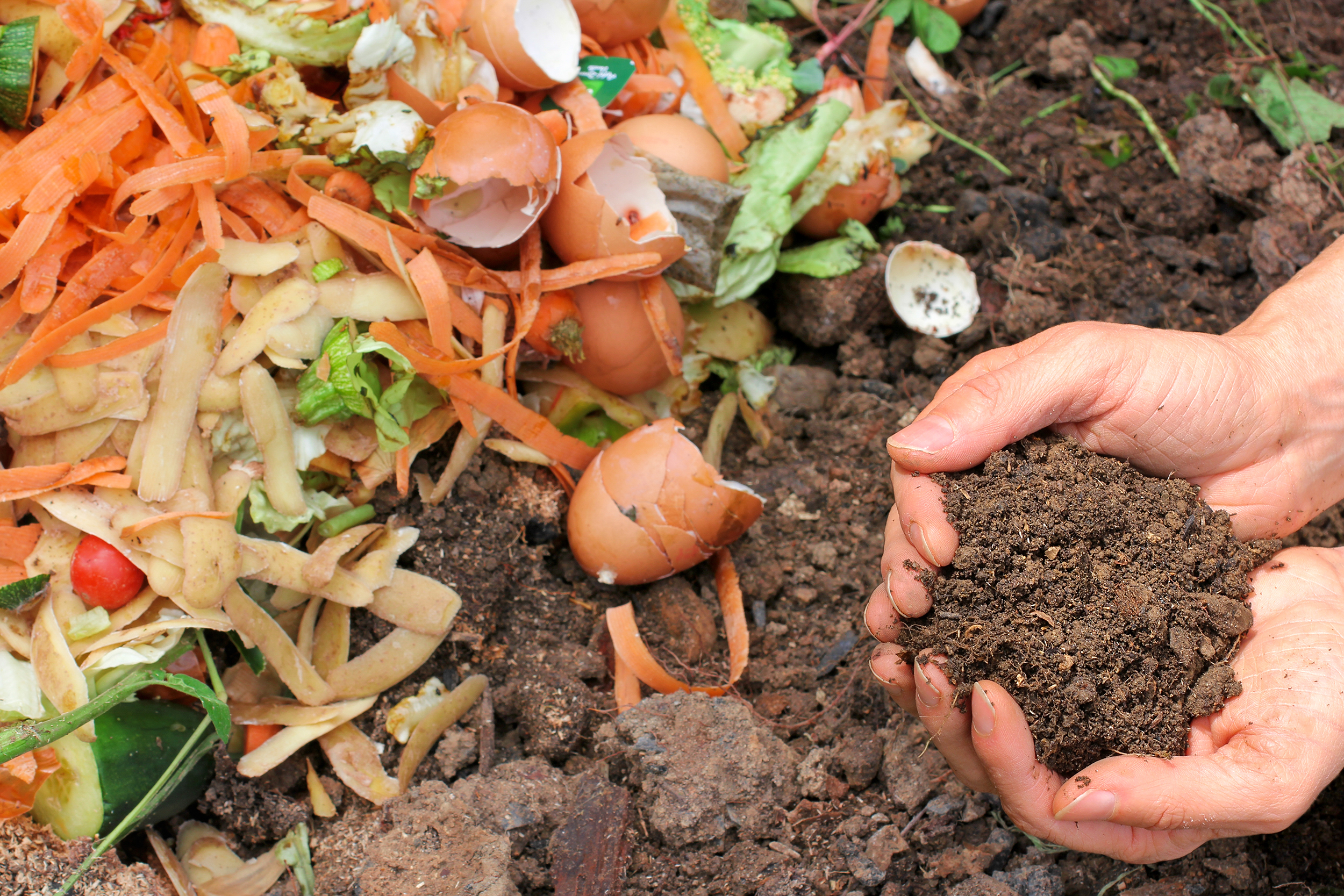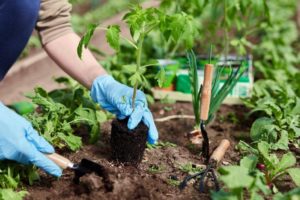Soil is more than just dirt; it’s a dynamic ecosystem that plays a crucial role in plant health. One of the key factors influencing this health is the soil’s pH level. In this comprehensive guide, we’ll delve into the intricacies of soil pH, exploring why it matters, how to measure it, and the secrets to maintaining an ideal pH for vibrant, thriving plants.
I. Introduction
A. Importance of Soil pH
The foundation of any successful garden lies in understanding the soil it rests upon. Soil pH, a measure of acidity or alkalinity, is a critical factor influencing nutrient availability and microbial activity. Neglecting this aspect can hinder plant growth and lead to disappointing yields.
B. Impact on Plant Health
Soil pH directly impacts plant health by influencing nutrient absorption. Plants thrive in specific pH ranges, and maintaining the correct balance ensures they can access essential nutrients. As we embark on this journey of understanding, let’s unravel the mysteries behind soil pH and discover its significance for flourishing plant life.
II. What is Soil pH?
A. Definition and Scale
Soil pH is a measure of the acidity or alkalinity of the soil. The pH scale ranges from 0 to 14, with 7 being neutral. Values below 7 indicate acidity, while values above 7 indicate alkalinity. Each unit change represents a tenfold difference in acidity or alkalinity.
B. Neutral, Acidic, and Alkaline Soils
Understanding the distinctions between neutral, acidic, and alkaline soils is pivotal. Different plants have specific pH preferences, and tailoring the soil to meet these preferences sets the stage for optimal growth.
III. Why Does Soil pH Matter?
A. Nutrient Availability
Soil pH profoundly influences nutrient availability. Certain nutrients become more or less accessible to plants depending on the pH level. We’ll explore how achieving the right pH enhances nutrient uptake and fosters robust plant growth.
B. Microbial Activity
Microorganisms play a vital role in soil health. pH impacts their activity, affecting processes like nutrient cycling and decomposition. A balanced pH creates a conducive environment for these microbes, promoting a thriving soil ecosystem.
C. Plant Growth
The link between soil pH and plant growth is undeniable. We’ll explore the specific ways pH influences root development, flowering, and overall plant vitality. Armed with this knowledge, gardeners can proactively create conditions for their plants to thrive.
IV. How to Test Soil pH
A. DIY Testing Kits
Measuring soil pH doesn’t require a degree in chemistry. DIY testing kits provide a user-friendly way to assess soil acidity or alkalinity. We’ll walk through the steps, ensuring even beginners can confidently check their soil pH.
B. Professional Soil Testing
For those seeking precision and detailed insights, professional soil testing is a valuable option. We’ll explore the benefits of this approach, highlighting when it’s most appropriate and how to interpret the results for effective pH management.
V. Ideal pH for Different Plants
A. Acid-Loving Plants
Certain plants thrive in acidic soils. We’ll identify these acid-loving species and provide guidelines for creating an environment conducive to their growth.
B. Alkaline-Loving Plants
On the flip side, alkaline soils are a haven for specific plants. We’ll delve into the preferences of these alkaline-loving species, ensuring gardeners can cater to a diverse range of plants with confidence.
VI. Adjusting Soil pH
A. Adding Amendments
Achieving the ideal pH sometimes requires intervention. We’ll explore common amendments and how they can be used to modify soil pH effectively.
B. Natural Remedies
Nature provides solutions for pH management. From compost to organic matter, we’ll uncover the natural remedies that can help maintain a balanced pH in the garden.
VII. Common Mistakes to Avoid
A. Over-Amending
In the quest for the perfect pH, some gardeners may unknowingly over-amend their soil. We’ll discuss the pitfalls of excessive intervention and offer guidance on finding the right balance.
B. Ignoring Soil Composition
Soil pH is just one piece of the puzzle. Ignoring the broader soil composition can lead to suboptimal results. We’ll emphasize the importance of a holistic approach to soil management.
VIII. Case Studies
A. Successful Soil pH Management Stories
Real-world examples add depth to our understanding. We’ll explore case studies of successful soil pH management, drawing insights from experienced gardeners who have cracked the code for healthier plants.
B. Challenges Faced and Overcome
Learning from challenges is equally important. We’ll delve into instances where gardeners faced pH-related issues and successfully navigated through them, offering valuable lessons for readers.
IX. Benefits of Proper Soil pH
A. Increased Nutrient Absorption
Proper soil pH isn’t just about numbers; it’s about unlocking the full potential of nutrients. We’ll discuss how maintaining an optimal pH enhances nutrient absorption, leading to healthier and more productive plants.
B. Disease Resistance
A well-balanced pH isn’t just a boon for nutrient uptake; it also contributes to disease resistance. We’ll explore the connection between soil pH and plant immunity, highlighting the preventive aspects of pH management.
X. Environmental Impact
A. Soil pH and Ecosystems
The impact of soil pH extends beyond individual gardens. We’ll examine how soil pH influences larger ecosystems, emphasizing the interconnectedness of our gardening practices with the environment.
B. Human Activities and pH Changes
Human activities can alter soil pH. We’ll discuss common practices that affect pH levels and explore sustainable approaches to minimize negative impacts on the environment.
XI. Trends in Soil pH Management
A. Technological Advancements
Technology is revolutionizing soil management. We’ll explore the latest advancements, from smart sensors to digital tools, and how they empower gardeners in their quest for the perfect soil pH.
B. Sustainable Practices
As environmental consciousness grows, so does the demand for sustainable gardening practices. We’ll highlight trends in eco-friendly soil pH management, showcasing methods that benefit both plants and the planet.
XII. Tips for Maintaining Healthy Soil pH
A. Regular Monitoring
Maintaining ideal soil pH is an ongoing process. We’ll provide practical tips for regular monitoring, empowering readers to stay proactive in ensuring their soil remains in the optimal pH range.
B. Seasonal Adjustments
Seasonal changes can impact soil pH. We’ll discuss how to adapt to these variations, ensuring plants receive the consistent pH levels they need throughout the year.
XIII. Soil pH and Gardening Myths
A. Debunking Common Misconceptions
Myths and misconceptions surround soil pH. We’ll debunk common beliefs that may misguide gardeners, replacing them with scientifically supported practices for effective pH management.
B. Scientifically Supported Practices
Separating fact from fiction is crucial. We’ll highlight practices grounded in scientific research, empowering readers with accurate information to make informed decisions about their soil.
XIV. Expert Insights
A. Interviews with Soil Scientists
Experts in the field share their insights. We’ll present interviews with soil scientists, gaining a deeper understanding of the intricacies of soil pH and the best practices for optimal plant health.
B. Advice from Gardening Gurus
Seasoned gardeners have invaluable wisdom. We’ll gather advice from gardening gurus who have mastered the art of soil pH management, providing readers with practical tips from those who’ve been in the trenches.
XV. Conclusion
A. Recap of Key Points
As we conclude our exploration of soil pH, we’ll recap the key points, reinforcing the importance of this often overlooked aspect of gardening.
B. Encouragement for Soil pH Management
The journey to understanding soil pH is ongoing. We’ll leave readers with encouragement, motivating them to embrace the challenge of maintaining healthy soil pH for lush, vibrant gardens.
FAQs: Cracking the Code – Soil pH Unveiled
- Is soil pH the same for all plants?
- No, different plants thrive in different pH ranges. It’s crucial to tailor the soil pH to meet the specific needs of the plants in your garden.
- Can I rely on DIY soil testing kits?
- DIY testing kits are a convenient option for basic assessments. However, for precise results and detailed insights, professional soil testing is recommended.
- How often should I test my soil pH?
- Regular monitoring is key. Test your soil pH at least once a season and more frequently if you notice any changes in plant health.
- Are there natural remedies for adjusting soil pH?
- Yes, organic matter, compost, and certain amendments can naturally adjust soil pH. We’ll explore these remedies in detail in the article.
- Is it possible to over-amend soil for pH adjustment?
- Absolutely. Over-amending can lead to imbalances and negatively impact plant health. It’s crucial to follow recommended guidelines when adjusting soil pH.



